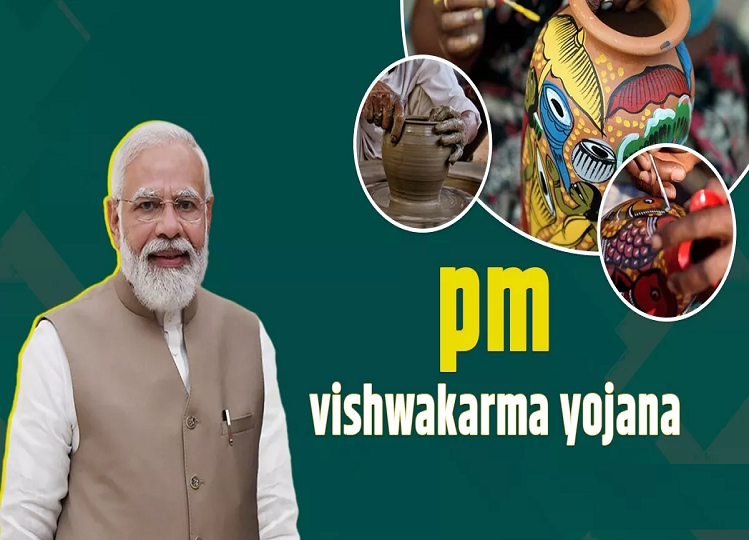Leading with Vision: Prassanna Selvaraj’s Journey of Transforming Financial Tech

In the world of banking and finance, the need for innovative, reliable, and efficient systems is paramount. Prassanna Selvaraj, with nearly two decades of experience in the industry, has proven to be a leader in the field, driving modernization and efficiency across global teams. In this exclusive interview, we delve into Prassanna’s career, his achievements, and his vision for the future of financial technology.
Q1: Can you tell us about your background and how you began your career in the banking and finance domain?
A: I started my career as a software engineer at Satyam Computer Services Ltd. in December 2006. My journey began with a strong focus on the banking and finance domain, which piqued my interest early on. Over the years, I have worked on various projects, gaining experience in billing systems, regulatory activities, and data management. Each step of my career has been a building block, leading me to where I am today, managing global teams and driving significant projects at the Bank of New York Mellon.
Q2: You have been with the Bank of New York Mellon for a significant period. Can you share some of your major achievements there?
A: One of my major achievements at BNY Mellon has been leading the Billing Re-imagination program. This project aimed to modernize our billing platform by moving away from legacy systems and incorporating the latest technologies such as HDFS, Spark, and Kafka. This initiative not only streamlined our processes but also reduced ETL development costs by 50%. Additionally, I played a crucial role in the Revenue and Billing – Ex-Post Disclosure Statement project, which automated the generation of disclosure statements, ensuring compliance with MiFID II regulations.
Q3: What inspired you to develop the Universal Render platform and the Header & Navigation UX Platform?
A: The inspiration came from a critical need to enhance user experience and system reliability across eBay’s vast ecosystem. We faced challenges with informing users about browser support and GDPR policies while preventing intermittent failures in rendering key functionalities. By developing these platforms, we could deliver targeted UX consistently across all pages and devices, ensuring a seamless experience for users and maintaining system integrity.
Q4: How do you manage a global team spread across different time zones and cultures?
A: Managing a global team requires clear communication, empathy, and an understanding of cultural differences. I focus on setting clear goals, providing regular feedback, and fostering an inclusive environment where everyone feels valued. I also make use of metrics to evaluate performance and provide career growth opportunities. Regular check-ins and transparent communication are key to ensuring that the team stays aligned and motivated.
Q5: Can you explain the concept of micro-frames and how it has improved eBay’s UX delivery?
A: Micro-frames are a technique that allows us to transclude remote applications into the host application via streaming HTML. This approach leverages native browser capabilities and NodeJS streaming, enabling asynchronous rendering. By using micro-frames, we can render targeted UX elements anywhere on a page efficiently, ensuring quick load times and a consistent user experience across different devices and locales.
Q6: What role does data-driven decision-making play in your projects?
A: Data-driven decision-making is fundamental to our approach. We utilize metrics to track and analyze the performance of our systems and modules. This data helps product managers make informed decisions about optimizations and improvements. By continuously monitoring and experimenting, we can ensure that our solutions are effective and aligned with business goals. This approach has been crucial in driving engagement and improving user satisfaction.
Q7: How have you contributed to the modernization of legacy systems in your organization?
A: Modernizing legacy systems has been a significant part of my role. At BNY Mellon, I led the transition from mainframe systems to modern tech stacks, such as HDFS, Angular, and Pentaho. This modernization not only improved system efficiency but also reduced manual errors and operational costs. By integrating vendor products like ORMB and leveraging enterprise data warehouses, we have created more robust and scalable solutions that support the organization’s growth and adaptability.
Q8: What are some challenges you have faced in your career, and how have you overcome them?
A: One of the major challenges has been managing complex projects with tight deadlines and high expectations. To overcome this, I focus on detailed planning, risk management, and proactive communication. Another challenge is staying updated with rapidly evolving technologies. Continuous learning and adapting to new tools and methodologies have been essential. Mentoring my team and fostering a culture of innovation have also helped us collectively overcome obstacles and achieve our goals.
Q9: How do you ensure the quality and reliability of the systems you develop?
A: Ensuring quality and reliability involves a multi-faceted approach. We implement rigorous testing protocols, including automated testing and real-time monitoring. By using advanced tools like Moogsoft, Cloudprober, and App Dynamics, we can detect and address issues proactively. Peer reviews and code quality checks are integral parts of our development process. Additionally, we use metrics to track performance and make data-driven improvements to maintain high standards.
Q10: What advice would you give to aspiring software professionals aiming to make an impact in the banking and finance sector?
A: My advice would be to focus on building a strong foundation in both technology and domain knowledge. Understanding the intricacies of the banking and finance sector is as crucial as mastering technical skills. Stay curious and keep learning, as the industry is constantly evolving. Effective communication, teamwork, and a problem-solving mindset are key to success. Finally, always aim to add value through innovation and efficiency, and be open to new challenges and opportunities.
Prassanna Selvaraj’s career exemplifies the impact of innovation, leadership, and lifelong learning. His work in the banking and finance sectors, especially in updating outdated systems and improving user experiences, has established a benchmark for industry excellence. As he continues to lead transformative projects and enhance operational efficiency, Prassanna’s journey stands as a motivating example for aspiring professionals looking to make a meaningful difference in financial technology.
First Published: 04 October, 2022





